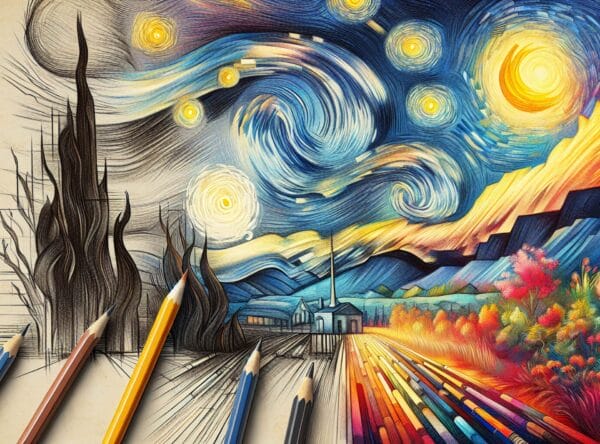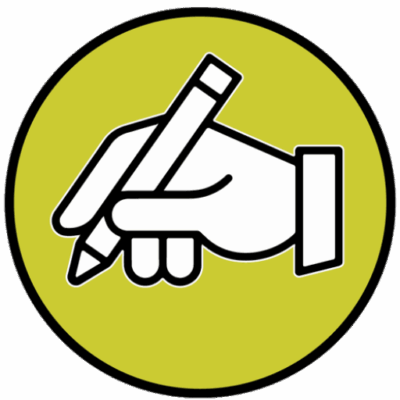Learn essential tips for digitizing your art and perfecting your techniques. Whether you’re a seasoned artist or a beginner, this guide will empower you to embrace the digital canvas and elevate your artwork.
This is a demo store for testing purposes — no orders shall be fulfilled. Dismiss

Learn essential tips for digitizing your art and perfecting your techniques. Whether you’re a seasoned artist or a beginner, this guide will empower you to embrace the digital canvas and elevate your artwork.
